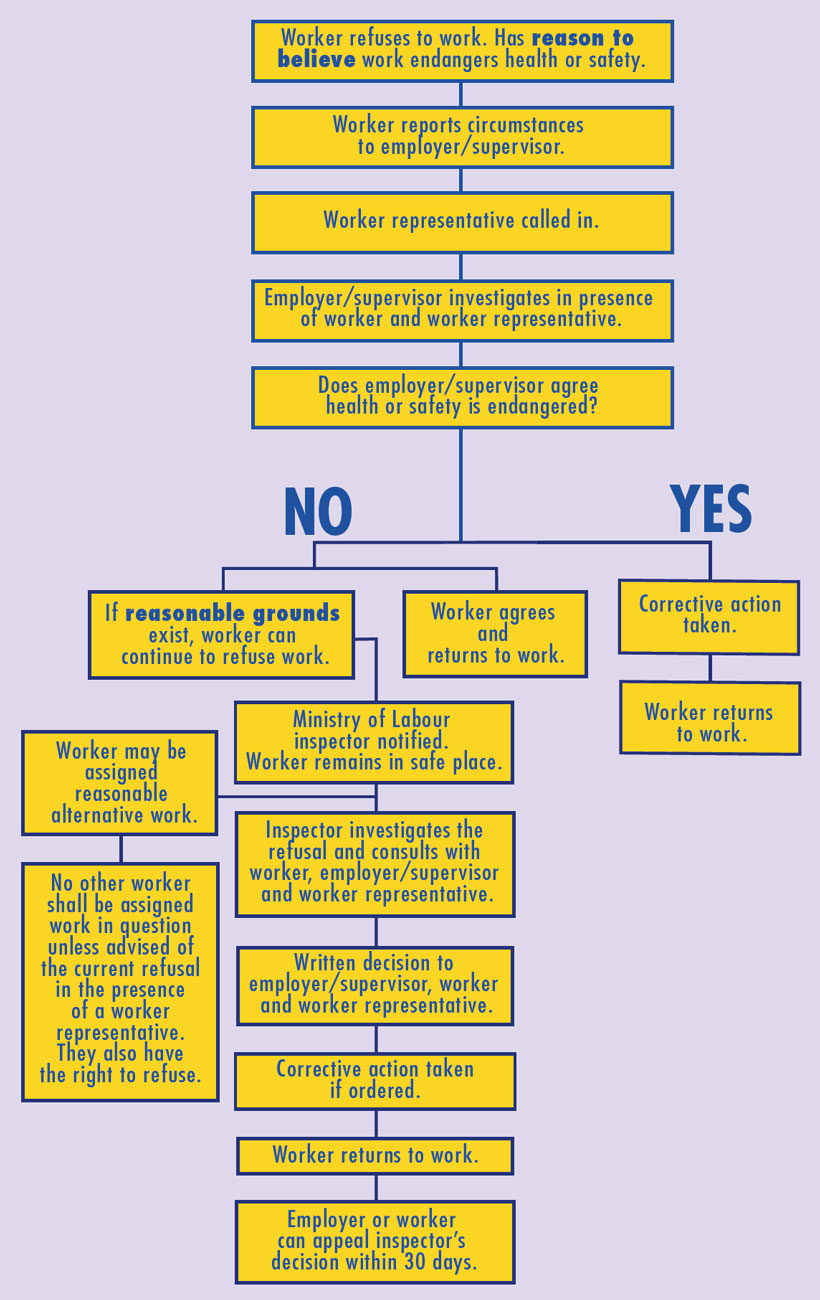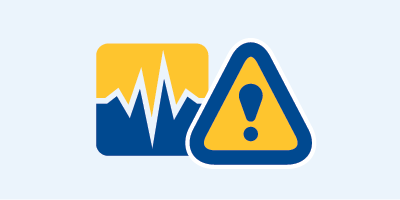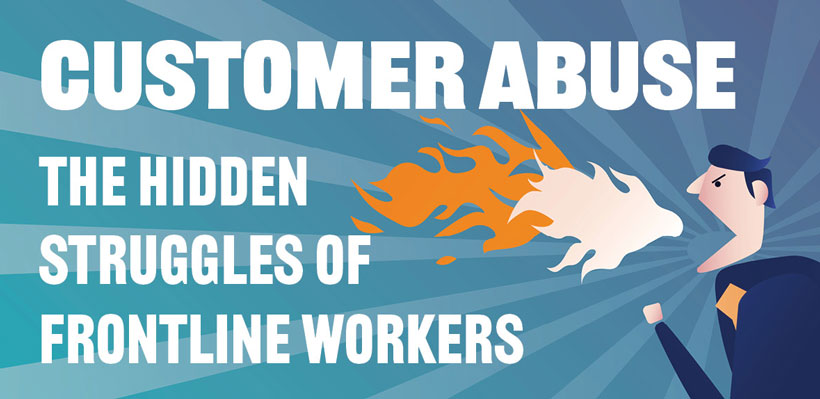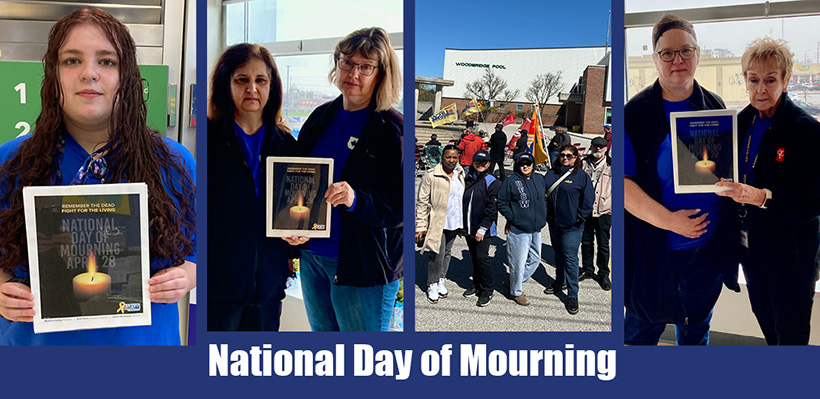Who is responsible for Health and Safety in the Workplace?
Everyone has a role to play in the safety of a workplace, including you, your co-workers, your supervisor and especially your employer. This is the law.
Joint Health and Safety Committees
Ontario’s law requires every workplace to have a Joint Health and Safety Committee with Worker and Management Representatives.
Employer’s Obligations
(Occupational Health & Safety Act [Section 25])
Here are some of the many obligations of an employer:
-
Take all reasonable precautions to protect the health and safety of workers;
-
Ensure that equipment, materials and protective equipment are maintained in good condition;
-
Provide information, instruction and supervision to protect worker health and safety; and
-
Co-operate with the Joint Health and Safety Committee.
Supervisors’ Obligations
(Occupational Health & Safety Act [Section 27])
Here are some of the many obligations of a supervisor:
-
Make sure that workers work in compliance with the act and its regulations;
-
Make sure that workers use any equipment, protective devices or clothing the employer requires;
-
Tell workers about any workplace health and safety hazards that the supervisor is aware of;
-
Give workers written instructions on measures and procedures to be followed for their own protection, if prescribed by regulation; and
-
Take every precaution reasonable in the circumstances to protect workers.
Under the act, the employer must ensure the supervisor is competent [a) qualified because of knowledge, training and experience to organize the work and its performance, b) familiar with this Act and the regulations that apply to the work, and c) has knowledge of any potential or actual danger to health or safety in the workplace].
Workers’ Obligations
(Occupational Health & Safety Act [Section 28])
Workers have a general duty to take responsibility for personal health and safety, which means they should not behave or operate equipment in a way that would endanger themselves or others.
-
Work in compliance with the Act and regulations;
-
Use any equipment, protective devices or clothing required by the employer;
-
Tell the employer or supervisor about any known missing or defective equipment or protective device that may be dangerous;
-
Report any known workplace hazard or violation of the Act to the employer or supervisor;
-
Not remove or make ineffective any protective device required by the employer or by the regulations








